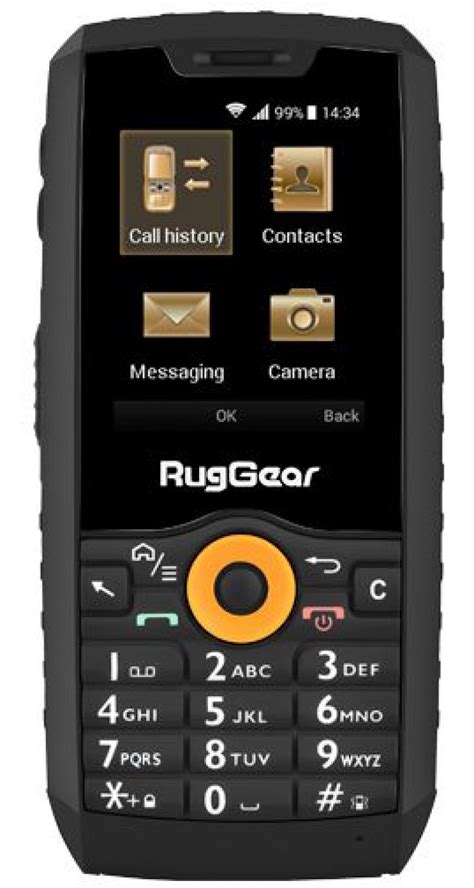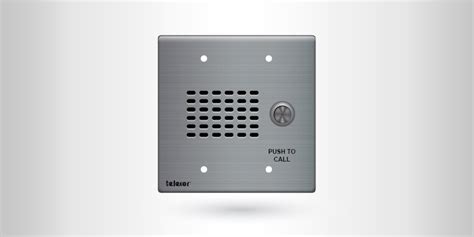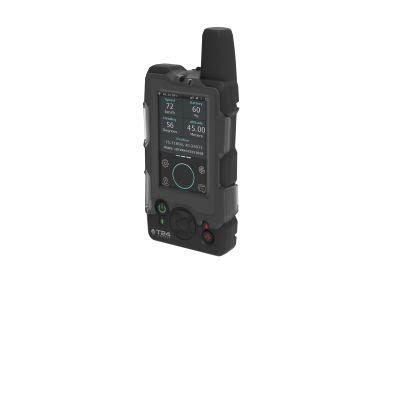Introduction to Rugged Electronics
Rugged electronics are designed to withstand harsh environments and extreme conditions, such as high temperatures, vibrations, shocks, and exposure to dust, water, and chemicals. These devices are crucial in industries like aerospace, defense, oil and gas, mining, and transportation, where reliability and durability are paramount. Designing rugged electronics requires a thorough understanding of the challenges faced in these environments and the techniques used to overcome them.
Key Characteristics of Rugged Electronics
- Wide operating temperature range
- Resistance to vibration and shock
- Protection against dust, water, and chemicals
- Enhanced reliability and longevity
- Compliance with military and industrial standards
Designing for Extreme Temperatures
Challenges Posed by Extreme Temperatures
Extreme temperatures, both high and low, can significantly impact the performance and reliability of electronic components. High temperatures can cause thermal stress, accelerate aging, and lead to component failure. Low temperatures can cause condensation, embrittlement, and reduced battery performance.
Techniques for Mitigating Temperature-Related Issues
- Selecting temperature-resistant components
- Using thermal management techniques (e.g., heat sinks, fans, and thermal interface materials)
- Implementing temperature monitoring and control systems
- Designing for thermal expansion and contraction
- Conducting thorough temperature testing and qualification

Vibration and Shock Resistance
Impact of Vibration and Shock on Electronics
Vibration and shock can cause mechanical stress, leading to component damage, solder joint failures, and connector issues. These factors are particularly critical in applications involving moving vehicles, heavy machinery, or exposure to explosions.
Design Techniques for Vibration and Shock Resistance
- Using ruggedized connectors and fasteners
- Implementing vibration isolation and damping
- Selecting components with high shock and vibration ratings
- Conducting finite element analysis (FEA) to optimize mechanical design
- Performing vibration and shock testing to validate design

Ingress Protection (IP) Rating and Sealing
Importance of IP Rating in Rugged Electronics
Ingress Protection (IP) rating is a standardized system that classifies the degree of protection provided by an enclosure against the intrusion of solid particles and liquids. A higher IP rating indicates better protection against dust, water, and other contaminants.
Techniques for Achieving High IP Ratings
- Using sealed connectors and cable glands
- Implementing gaskets and O-rings for enclosure sealing
- Selecting materials with high resistance to corrosion and chemicals
- Designing for proper drainage and ventilation to prevent moisture buildup
- Conducting IP testing to validate the sealing performance

Reliability and Longevity
Factors Affecting Reliability and Longevity
Reliability and longevity are critical aspects of rugged electronics, as these devices are often deployed in mission-critical applications where failure is not an option. Factors affecting reliability and longevity include component selection, manufacturing processes, and environmental stresses.
Design Techniques for Enhancing Reliability and Longevity
- Selecting high-reliability components with proven track records
- Implementing redundancy and fault-tolerant design
- Using conformal coating and potting for environmental protection
- Conducting accelerated life testing (ALT) and highly accelerated life testing (HALT)
- Performing failure mode, effects, and criticality analysis (FMECA)
Compliance with Military and Industrial Standards
Overview of Relevant Standards
Rugged electronics often need to comply with various military and industrial standards that specify requirements for environmental resistance, electromagnetic compatibility (EMC), and safety. Some of the most common standards include:
- MIL-STD-810: Environmental Engineering Considerations and Laboratory Tests
- MIL-STD-461: Requirements for the Control of Electromagnetic Interference Characteristics of Subsystems and Equipment
- DO-160: Environmental Conditions and Test Procedures for Airborne Equipment
- IEC 60529: Degrees of Protection Provided by Enclosures (IP Code)
Designing for Compliance
- Understanding the requirements of relevant standards
- Incorporating compliance considerations early in the design process
- Conducting compliance testing and certification
- Maintaining proper documentation and traceability
Case Studies
Example 1: Rugged Tablet for Military Applications
A rugged tablet designed for military use must withstand extreme temperatures, shock, vibration, and exposure to dust, water, and chemicals. The device incorporates a sealed enclosure with an IP67 rating, a ruggedized touch screen, and a temperature-resistant battery. It also complies with MIL-STD-810 and MIL-STD-461 standards.
Example 2: Rugged Sensor for Oil and Gas Industry
A rugged sensor used in the oil and gas industry must operate reliably in harsh environments, including high temperatures, corrosive chemicals, and explosive atmospheres. The sensor features a stainless steel enclosure, high-temperature electronic components, and intrinsically safe design to prevent ignition of flammable gases.
Frequently Asked Questions (FAQ)
- Q: What is the difference between rugged and commercial-grade electronics?
A: Rugged electronics are designed to withstand harsh environments and extreme conditions, while commercial-grade electronics are designed for use in normal, everyday conditions. Rugged electronics have higher levels of protection against temperature, vibration, shock, dust, water, and chemicals, and are built to comply with stringent military and industrial standards.
- Q: How do I determine the required IP rating for my rugged electronic device?
A: The required IP rating depends on the specific environment and conditions in which the device will be used. Consider factors such as exposure to dust, water, and chemicals, as well as the likelihood of submersion. Consult the IEC 60529 standard for guidance on selecting the appropriate IP rating.
- Q: What are the most common military standards for rugged electronics?
A: The most common military standards for rugged electronics include MIL-STD-810 for environmental testing, MIL-STD-461 for electromagnetic compatibility, and MIL-STD-464 for electromagnetic environmental effects requirements.
- Q: How can I ensure the reliability and longevity of my rugged electronic device?
A: To ensure reliability and longevity, select high-quality components with proven track records, implement redundancy and fault-tolerant design, use conformal coating and potting for environmental protection, and conduct thorough testing, such as accelerated life testing (ALT) and highly accelerated life testing (HALT).
- Q: What are the key considerations when designing rugged electronics for extreme temperatures?
A: When designing for extreme temperatures, consider selecting temperature-resistant components, implementing thermal management techniques (e.g., heat sinks, fans, and thermal interface materials), designing for thermal expansion and contraction, and conducting thorough temperature testing and qualification.
Conclusion
Designing rugged electronics requires a comprehensive approach that addresses the various challenges posed by harsh environments and extreme conditions. By understanding the key considerations, such as temperature resistance, vibration and shock protection, ingress protection, reliability, and compliance with relevant standards, engineers can create devices that perform reliably and durably in the most demanding applications.
As technology continues to advance, the demand for rugged electronics will only grow, driving innovation in materials, components, and design techniques. By staying up-to-date with the latest developments and best practices in rugged electronics design, engineers can contribute to the development of cutting-edge devices that push the boundaries of what is possible in extreme environments.

No responses yet